Prepreg Fabrics Used in CFRP Manufacturing
As the name suggests, carbon fiber reinforced plastic (CFRP) is a composite material consisting of polymer (plastic) reinforced with carbon fibers. It offers significant advantages as a progressive “lightweight, strong, and non-corrosive” material that is being maximized in diverse markets and industries.
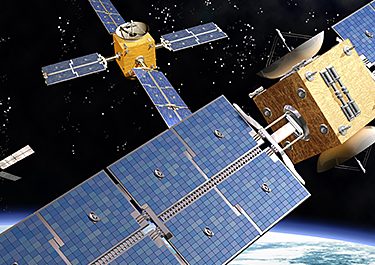
Autoclave molding readily effectuates the advantages of CFRP with the use of prepregs, making it the gold standard method in CFRP molding.
CFRP Molding Methods
Autoclave Molding
RTM (Resin Transfer Molding)
Va-RTM (Vacuum Assisted Resin Transfer Molding)
Press Molding
Hand Lay-up Molding
Filament Winding Molding
Sheet Winding Molding
Pultrusion
3D Printer
Molding methods for CFRP are numerous and are selected according to the desired application, shape, and production lot.
At Uchida, we use the fabrication methods shown in red.
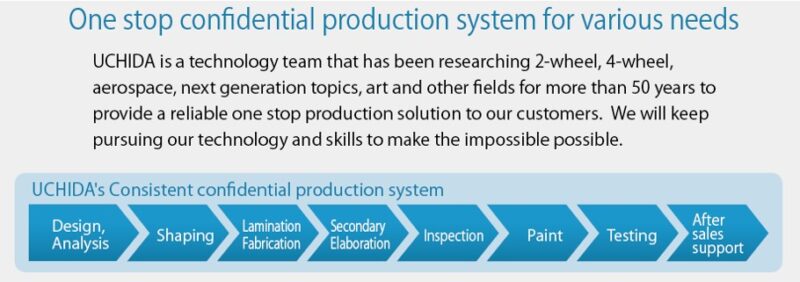
Prepregs (Pre-impregnated CFRP Fabrics) Used in Autoclave Molding
What are Prepregs?
The term prepreg refers to a carbon fiber sheet that is pre-impregnated with resin. Carbon fiber configurations is divided into two main types: Uni-directional (UD) carbon fiber fabric, whereby all the fibers run in a single direction, and woven carbon fiber fabric, whereby the fibers are woven into a fabric with interlacing yarns. There is a huge selection of carbon fiber fabrics from which we choose the optimal type for the structure of the item according to its required strength and rigidity. Likewise, for the resin matrix, we must carefully select the optimal type from a diversity of thermosetting or thermoplastic resin options. The characteristics and heat resistance of each resin will inform which type we employ for the job. The most common choice for CFRP products is the woven fiber fabric (plain weave or twill weave) with epoxy resin as the matrix.
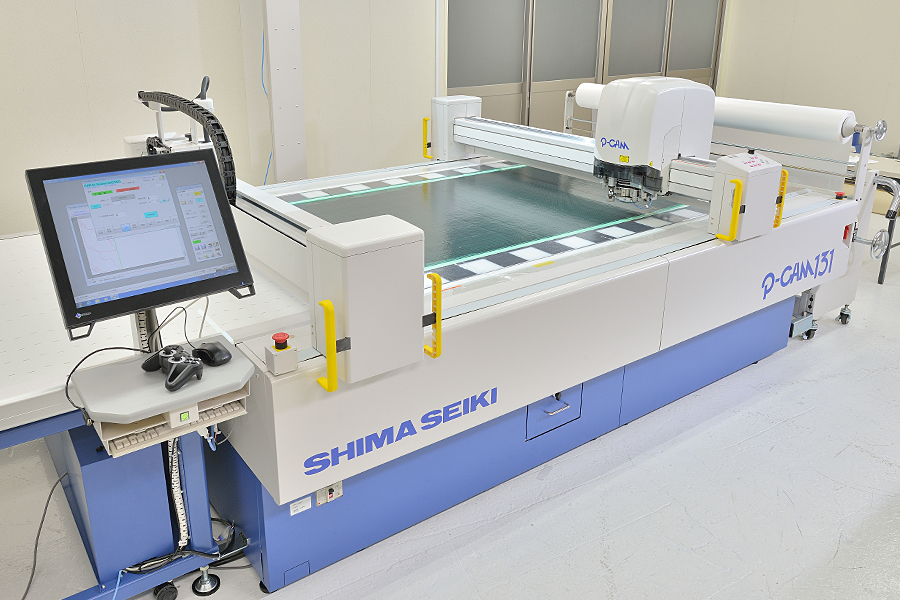
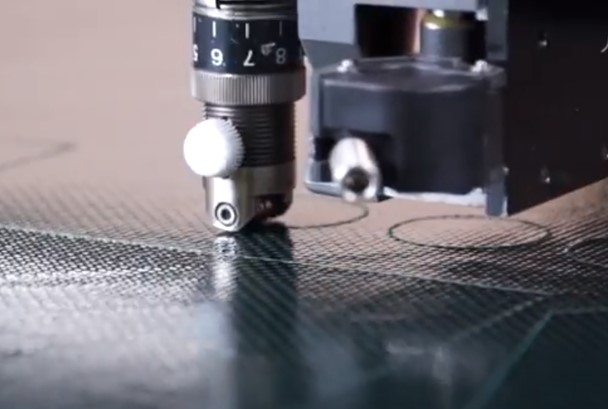
Advantages of Prepregs
Prepreg fabrics are manufactured in sheet form with a pre-defined and homogeneously controlled amount of resin to enable highly reproducible production that closely conforms to the designed product values and has minimal variation. Resin amounts are regulated and impregnated prior to molding, allowing us to produce items with higher Vf, fewer defect-causing voids, and enhanced reproducibility compared to RTM and other manufacturing methods whereby the resin is impregnated later in the process
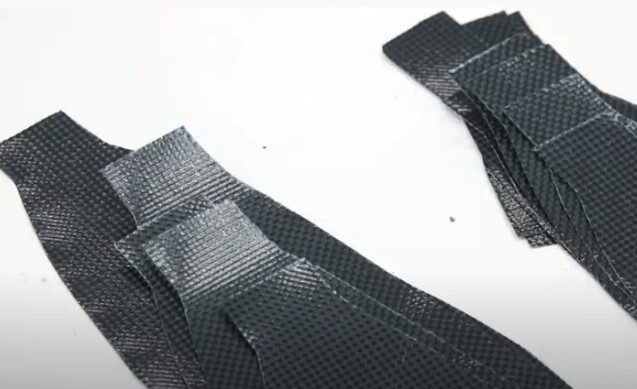
Handling Prepregs
As prepregs are pre-impregnated with resin, they need to be stored frozen. Manufacturer warranties specify storage at -18℃ or below for a period of 6 months to a year. The anisotropic properties of CFRP, whereby the strength value is derived from the fiber orientation, means that the laminate configuration is tailored to the specifications of each product.
Prepregs are generally ultra-fine sheets with a thickness of 0.08-0.2mm which are laminated layer-by-layer according to the structural design and required durability. Therefore, selecting the optimal resin amount and fiber base weight is a critical factor in molding.
So how do we determine the resin content levels? First, the fiber base weight is the weight of fiber per unit volume, with the higher figures indicating thicker prepreg sheets. When designing the laminate configuration, we often employ a combination of different prepregs in line with the structural requirements and product specifications. For example, we may design the surface layer with an ultra-fine fiber fabric (woven type) that gives priority the aesthetics, and then employ UD fabrics for internal key structural sections. For other sections that demand reinforcing we may choose a thicker woven fiber fabric.
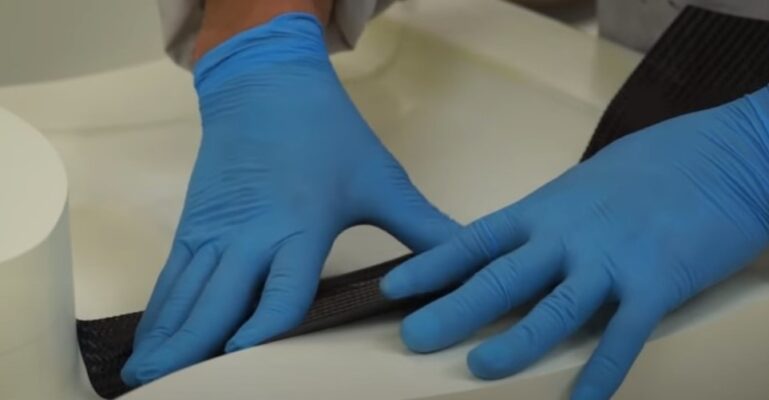
YAOKI Laminate 01
What is a Quasi-isotropic Laminate?
As mentioned above, CFRP is an anisotropic material that relies on the fiber orientation for its strength. This allows us to fortify the product in directions where added strength is needed and reduce rigidity in directions where it is unwanted. For boards using UD fibers with uniform strength in all directions, we orientate the fibers with a +45°/0°/-45°/90° configuration. In other words, we create 8-ply laminate stack by layering the prepregs sequentially at +45°,0°, -45°,90°,90°, -45°,0°, and +45° angles. The “s” (symmetry) denotes a symmetrical laminate, which is the standard structure for CFRP.
While the strength is determined by the fiber orientation, the binding of adjacent fibers is contingent on the resin matrix. Therefore, with uni-directional fiber fabrics and similar, if we don’t use a symmetrical laminate, the board will likely contort or warp during molding due to curing/cooling shrinkage variances. Such lamination methods, which employ uniformed strength in all directions, are referred to as quasi-isotropic laminates.
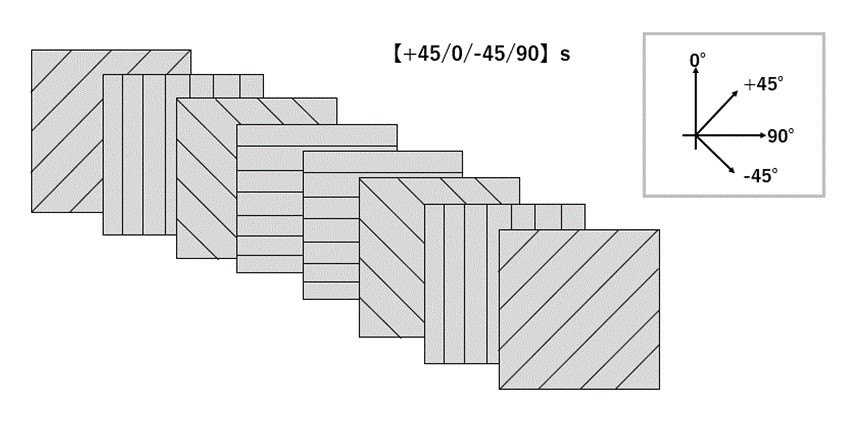
What is a Quasi-isotropic Laminate?
Vacuum-bagging Process
Once the laminating process is complete, specialized sub-materials such as mold release film and breather cloth bagging film are placed over the layup and vacuum-pulled (vacuum-bagged) to finalize the pre-molding preparation. The vacuum-bags are sealed with sealant tape (yellow sections in the image) to prevent tearing or leaking from any sharp or protruding edges.
YAOKI Bagging 01
YAOKI After cure 01
Summary
This week, we looked at prepreg fabrics used in CFRP manufacturing, hopefully offering you deeper insight into the foundations that inform material selection and laminate design. Utilizing prepregs involves preparing a suitable environment with frozen storage facilities, a clean room for quality control, and molding equipment (autoclave). The need for specialized knowledge in laminate design, production process involving combining voluminous amounts of prepregs, and material expiry dates, means that delivery times and costs will vary depending on the amount of available stock at the time of ordering.
Related useful contents
You can explore related content by clicking on a topic of interest.
ABOUT UCHIDA - 55 years since our founding
We leverage a wealth of technical expertise as a CFRP molding and processing manufacturer using FRP, GFRP, and CFRP materials. We offer a one-stop solution, encompassing design, analysis, manufacturing, secondary processing, assembly, painting, quality assurance, and testing.
UCHIDA's equipment
We have cutting-edge equipment to ensure that we can address even the most advanced challenges of our customers.
Video Library
In the following video, we provide a detailed overview of our manufacturing process. Please feel free to watch and learn more.

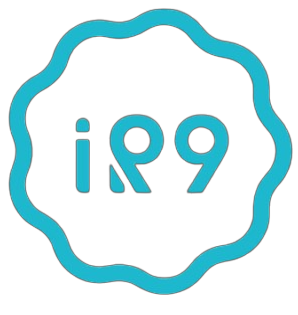
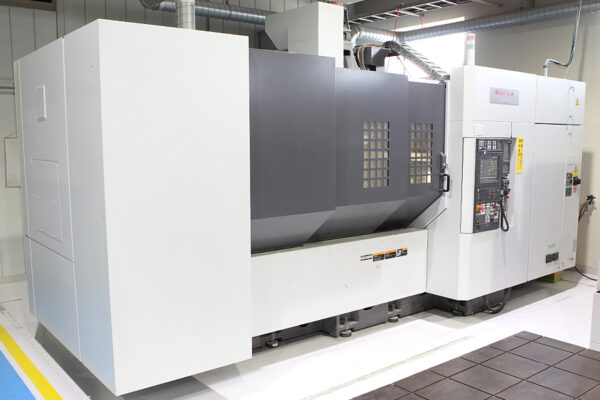
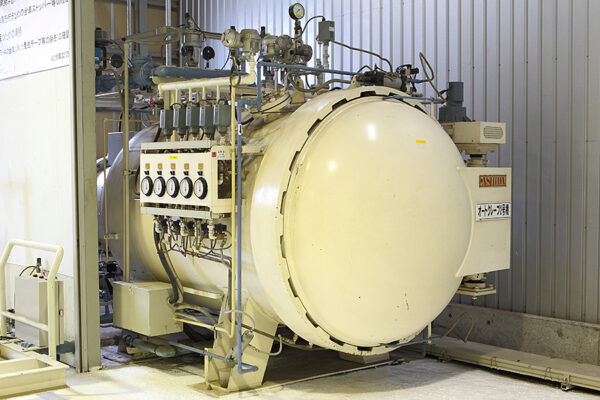
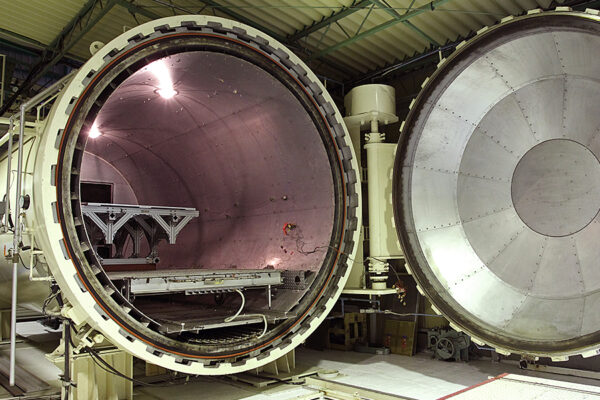
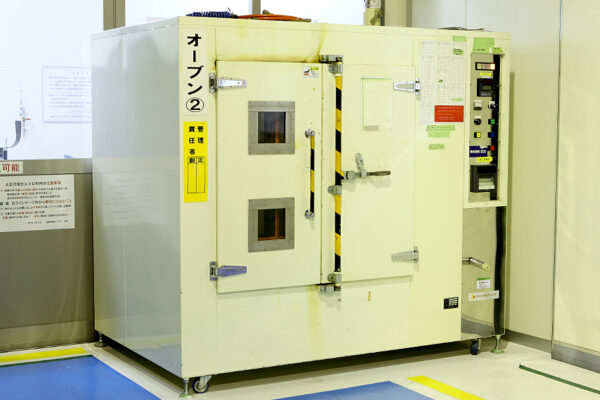
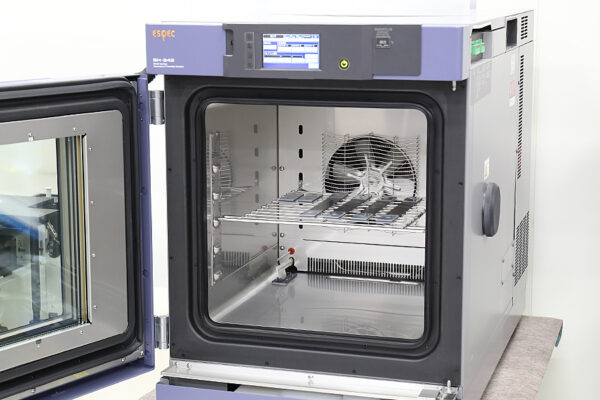
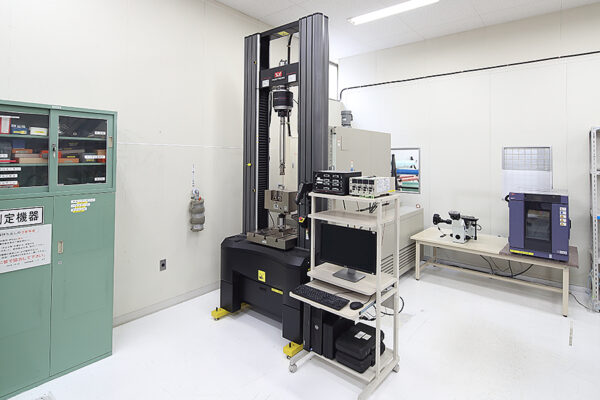
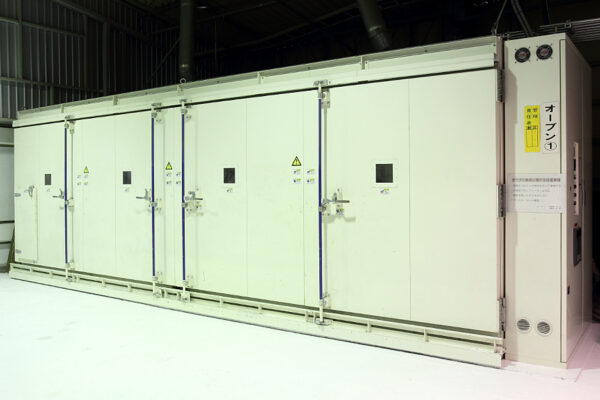
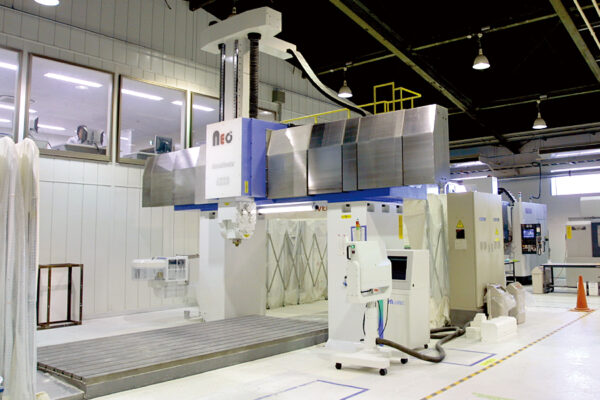
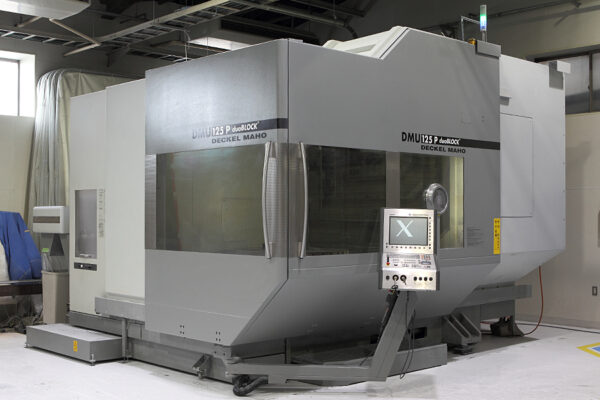
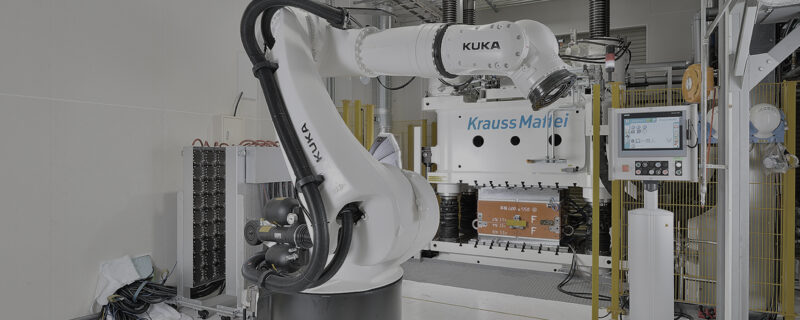
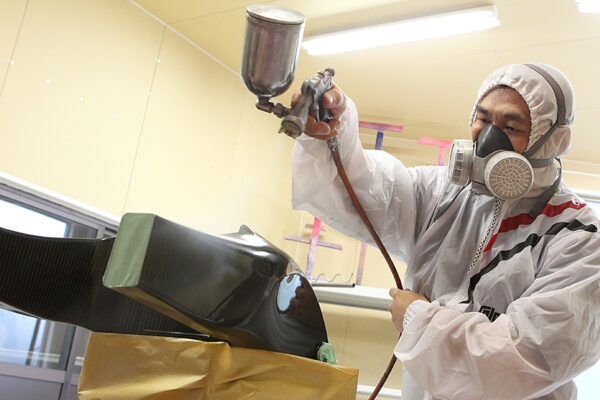
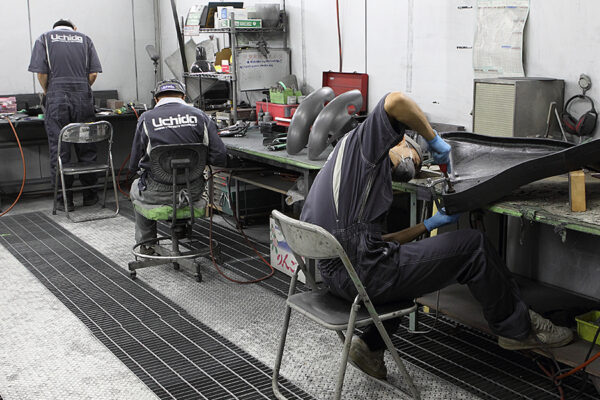
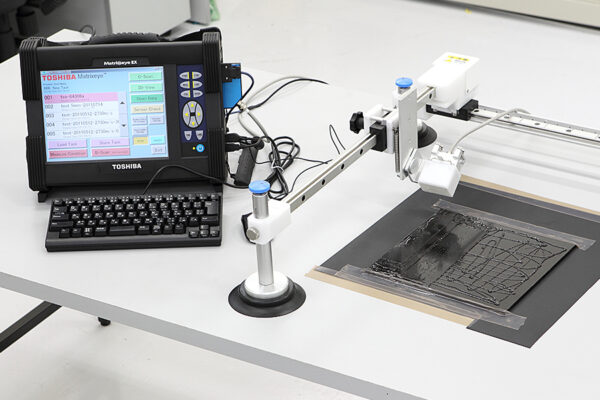
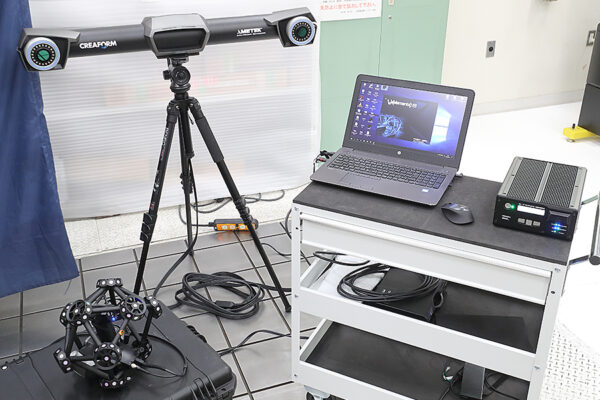
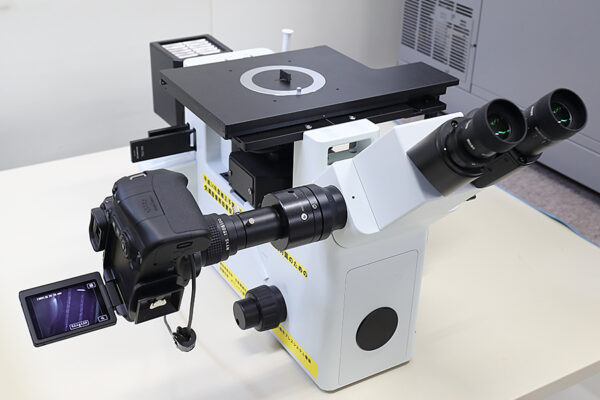
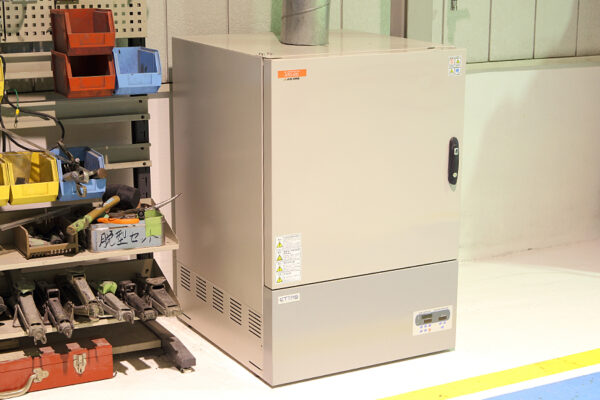
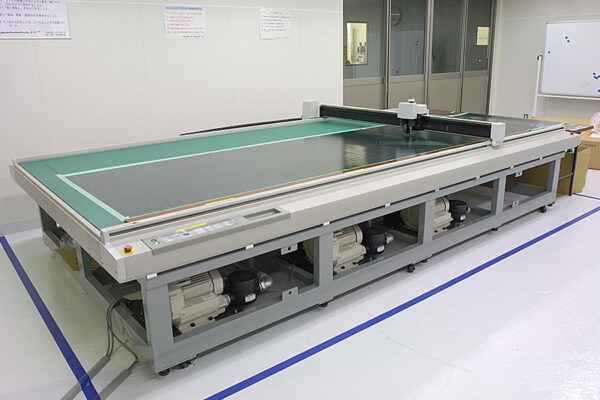
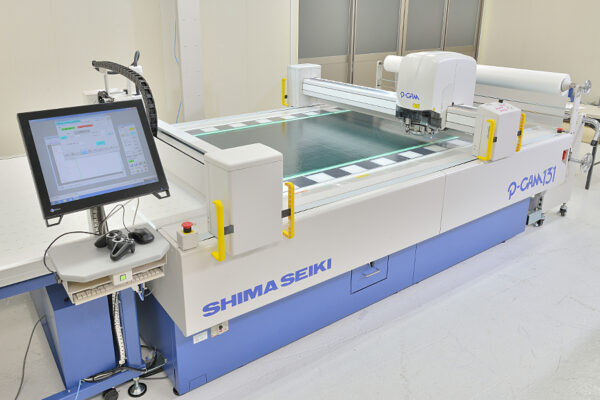
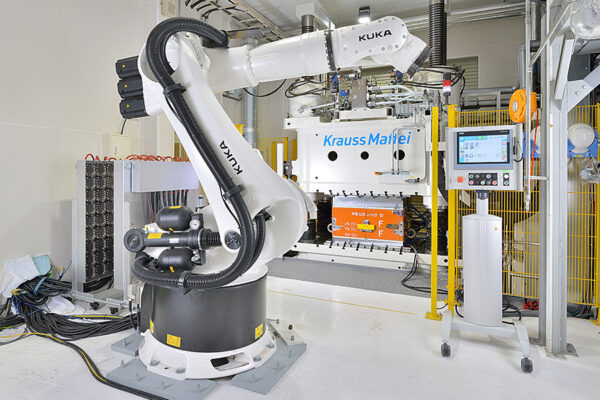
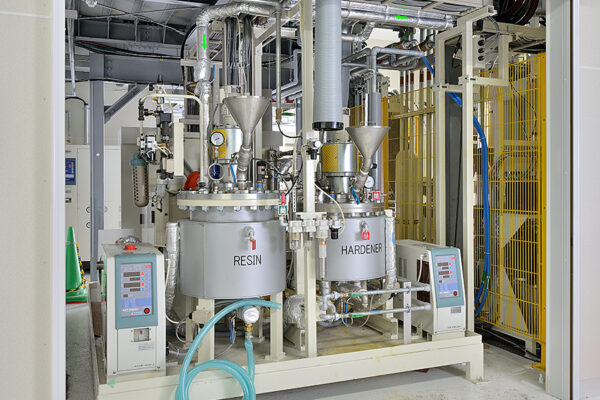
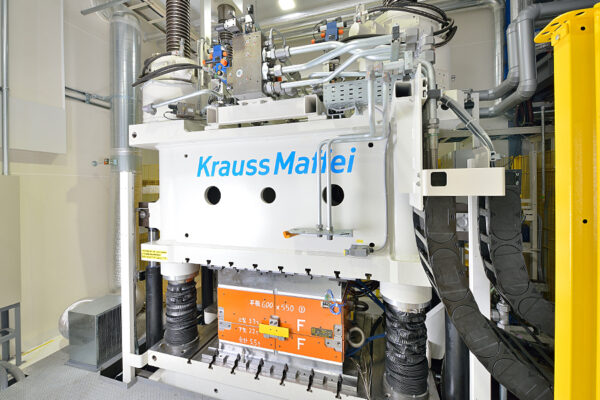
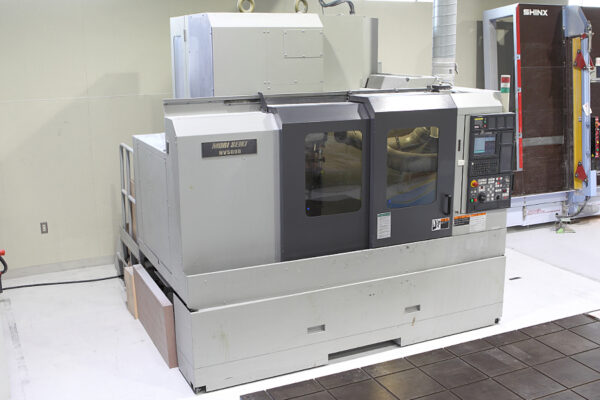
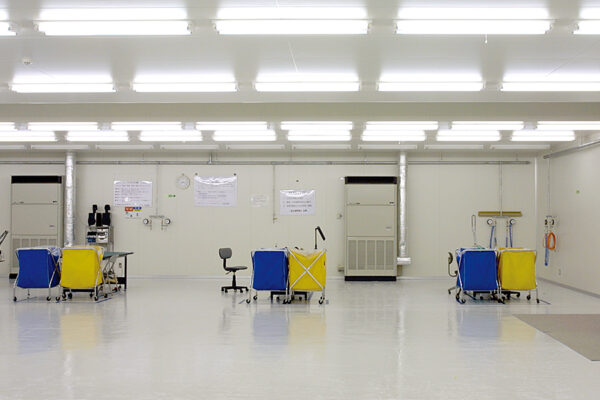
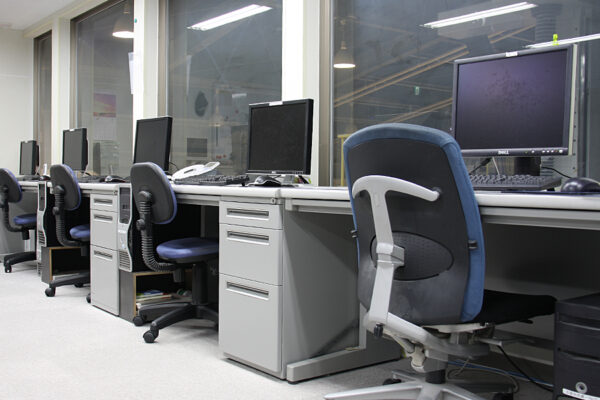
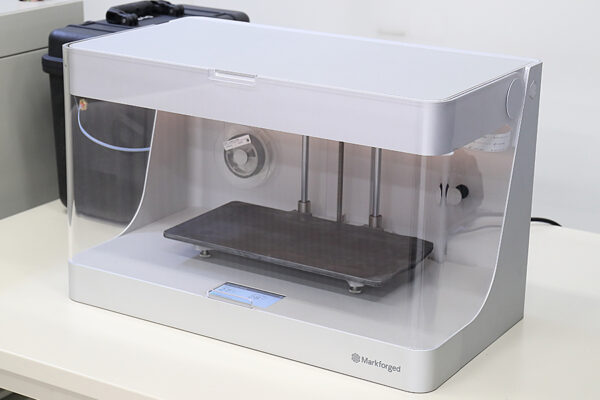
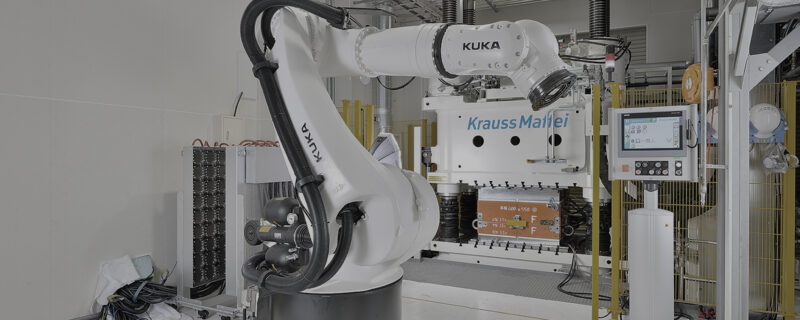

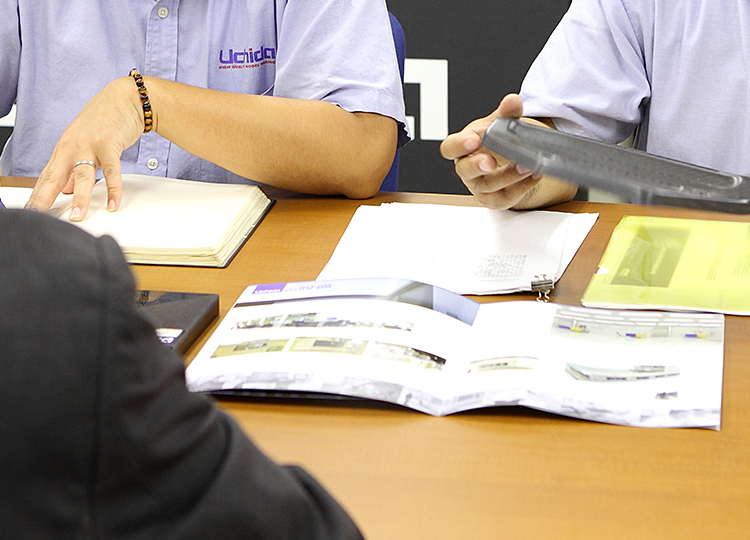
ピンバック: 【コラム】GFRPとは? | 株式会社UCHIDA
ピンバック: 【コラム】ドライカーボン『CFRP』とは? | 株式会社UCHIDA
ピンバック: 【コラム】FRP・GFRP・CFRPの違いについて | 株式会社UCHIDA
ピンバック: 【コラム】オーブン成形とは? CFRP | 株式会社UCHIDA
ピンバック: 【コラム】『FRP・GFRP・CFRP』マシニングセンタとは? | 株式会社UCHIDA
ピンバック: 【コラム】GFRPガラスエポキシ | 株式会社UCHIDA
ピンバック: 【コラム】軽量化のメリット『FRP・GFRP・CFRP』 | 株式会社UCHIDA
ピンバック: 【コラム】軽量化手法『FRP・GFRP・CFRP』 | 株式会社UCHIDA
ピンバック: 【コラム】SMC・C-SMC製法とは? CFRP | 株式会社UCHIDA
ピンバック: 【コラム】2023年版 FRP・CFRPとは? | 株式会社UCHIDA
ピンバック: 軽量化手法『FRP・GFRP・CFRP』【コラム】 | 株式会社UCHIDA
ピンバック: 『FRP・GFRP・CFRP』マシニングセンタとは?【コラム】 | 株式会社UCHIDA